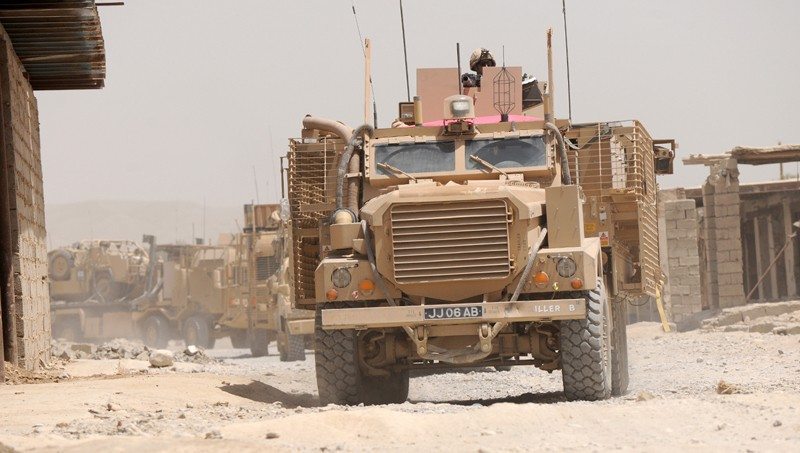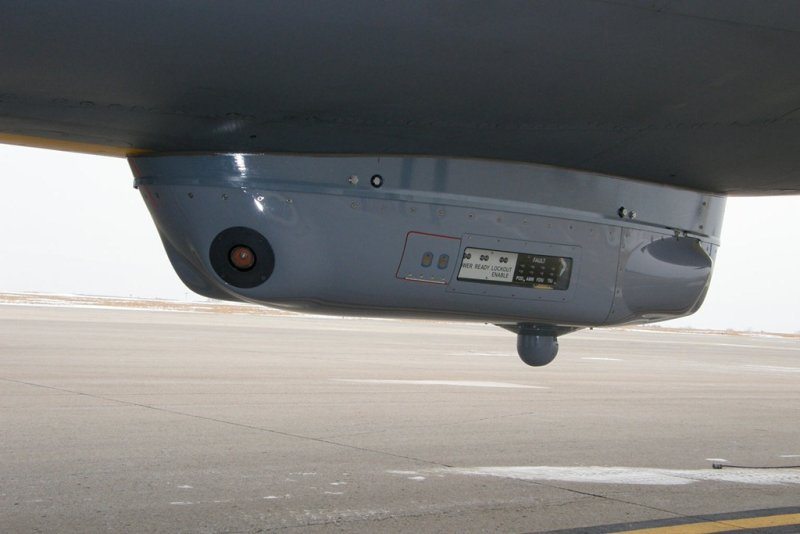By this time next year, the Army will have a good idea about alternatives for the ground combat vehicle program, Army leaders told Congressmen Wednesday. They said the GCV will be the first combat vehicle developed to operate in an improvised-explosive device and hybrid-threat environment.
Lt. Gen. Robert P. Lennox, deputy chief of staff of the Army, G-8, told members of the House Armed Services Committee tactical air and land forces subcommittee he thinks the Army has a good path in looking at both “developmental systems” and “non-developmental systems” as possibilities for a ground combat vehicle.
The general appeared Oct. 26 before the committee, along with Lt. Gen. William N. Phillips, military deputy to the assistant secretary of the Army for acquisition, logistics and technology, to discuss Army acquisition and modernization.
Phillips told lawmakers that it’s expected the Army will be able to get the vehicle, which is meant to operate in an IED environment and to carry nine Soldiers, for about $9 to10.5 million — which is what was specified in the request for proposal for the vehicle.
For non-developmental items — which means possible vehicles that could become the GCV but are already developed — he said the Army doesn’t know the exact costs but would take a “deeper look.” That includes a variant of the M2 Bradley, for instance, as well as an Israeli-made vehicle. Everything would be taken to White Sands Missile Range, N.M., to be tested by Soldiers, he said.
“The GCV is incredibly important to the Army,” Phillips said, adding that the GCV is the first vehicle built from the ground up to operate in an IED environment.
Lawmakers asked about the Army’s emphasis on research and development.
Phillips said the Army is concerned about the budget and what that will mean for research and development, and that if the Army wants to remain “world class” it must invest in the future, and that means adequate R&D. He also said it’s important the Army continue to invest in R&D because of the many small businesses that provide that research to the Army as part of the Small Business Innovation Research program.
The Army’s working now to both improve the current M4 carbine used by Soldiers and to also research a replacement for the M4, if a better one exists.
Phillips called the current M4 “a remarkable weapon.” He pointed out the requirement for the current weapon is 600 “mean rounds between systems abort,” which means 600 rounds before the weapon fails. But that number today is much higher, about 3,500, meaning the weapon is even more dependable than what the Army asked for.
Still, Philips said, that Army will continue to upgrade the weapon. Already, some 60 improvements have been made to it. Additional upgrades include an ambidextrous trigger and heavier barrel. And the Army is converting existing M4s to the M4A1.
A request for proposal that went out in June asking industry for a possible replacement to the M4 closed out Oct. 27. Now the Army will look at those proposals, he said, to determine if there are good options. “Our Soldiers trust us to give them the best equipment they we can,” Phillips said.
While the Ground Mobile Radio portion of the Joint Tactical Radio System will be cancelled, Phillips told legislators the program would face “a graceful termination.” The Army will not renew the contract. He said the GMR is “critical to the Army’s network strategy” and the Army would seek commercial radios now that can run both the Wideband Networking Waveform as well as the Soldier Radio Waveform.
The general said the Army would put out a request for proposal, possibly in the next month, to ask for hardware from industry to run those waveforms.
“This is positive for us,” Phillips said. “We’ll get this radio quicker. It’ll be at a lower cost.”











